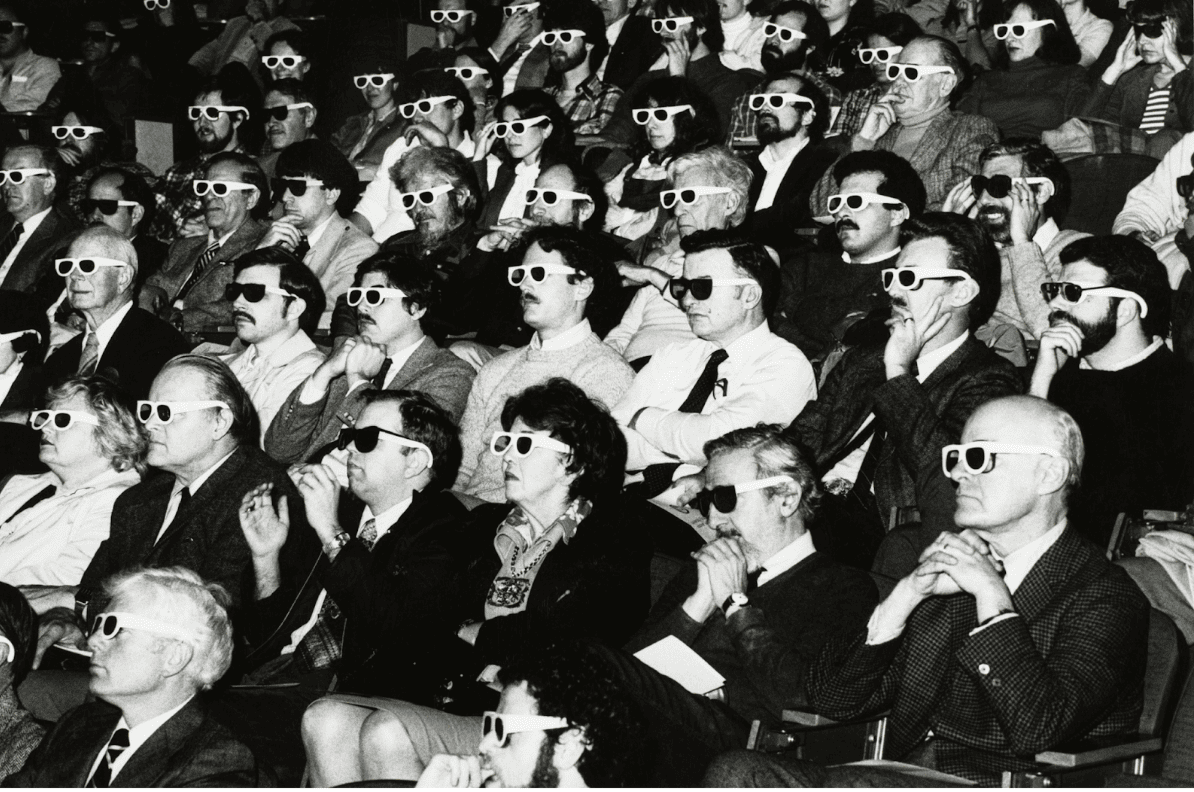
Credits: www.blackgate.net
Since 1895, cinema has brought people together and now the industry risks collapse under the relentless march of technology. First, it was the invasion of television into our living rooms, offering instant gratification at the touch of a button. Then came the digital age, with streaming platforms vying for our attention, luring us in with the promise of convenience. Yet, in this age of instant access, something precious has been lost.
Cinema was born with the aim of making people gather in a common place, one where differences could be leveled and emotions shared under the light of a projector. For at least four generations, cinemas have been a place of encounters, a bubble that filters anything coming from the outside, a dream machine where the external world could be transcended yet reflected on the screen.
Instead, we now find ourselves isolated, watching alone on small screens, the magic of the cinema reduced to a mere flicker in the palm of our hand. Quality has been sacrificed at the altar of quantity, leaving us drowning in a sea of mediocrity.
Growing up in the era of digitalization, young generations have been constantly exposed to images. We live in a time in which we are submerged by subcultural products that proliferate in a market-based society. We are constantly subministrated art and not given the time to make sense of it. In this way, everything becomes an anonymous piece in an amorphous mass, an item to be consumed.
But cinema is more than that, it is a language that speaks to the soul. It’s a canvas where visionaries paint with light and shadow, where stories are woven with the threads of imagination. Yet, how can we appreciate the beauty of a masterpiece when it’s reduced to a pixelated blur on a smartphone? How can we appreciate a masterpiece if it is painted on a shred sheet ?
It has to be said that movies are mostly not shot on film anymore and that the market-oriented approach of film directors has made it possible for quantity to exceed quality, yet, exceptional filmmakers continue to defy the odds, creating works of art that transcend the limitations of the medium.
Films like La Chimera by Alice Rohrwacher remind us of cinema’s enduring capacity to communicate powerful messages. Rohrwacher’s movie with its extraordinary cinematographic quality and concealed layered meanings makes you leave the cinema changed, maybe forever.
The fight for cinema’s survival goes beyond the silver screen. It’s a battle for our collective soul, a quest to reclaim our humanity in an increasingly fragmented world. As society splinters into factions, cinema offers a rare moment of unity — a chance to transcend social barriers and come together as one.
Since its birth, going to the cinema has been a political act, shedding one’s social status for a couple of hours with the red seats functioning as equalizers, erasing differences between individuals. In a society where concepts such as class have increasingly become rigid and important to determine one’s identity, stepping into a theater challenges this predetermined hierarchy .
So, the next time you’re tempted to stream a movie from the comfort of your couch, remember the magic of the cinema. Step into the darkness, embrace the red seats, and lose yourself in the wonder of it all. For in that fleeting moment, you’re not just a spectator; you’re part of something bigger, something timeless.
In preserving cinema, we preserve a piece of our shared humanity.
Other posts that may interest you:
- Local Victories for Turkish Opposition — A Sign of Hope?
- Are France and Japan a Mismatch Made in Heaven?
- Mes yeux sont comme cette île
- A Reflection on Dark Tourism
- Cadavre Exquis : Goodbye stranger
Discover more from The Sundial Press
Subscribe to get the latest posts sent to your email.





